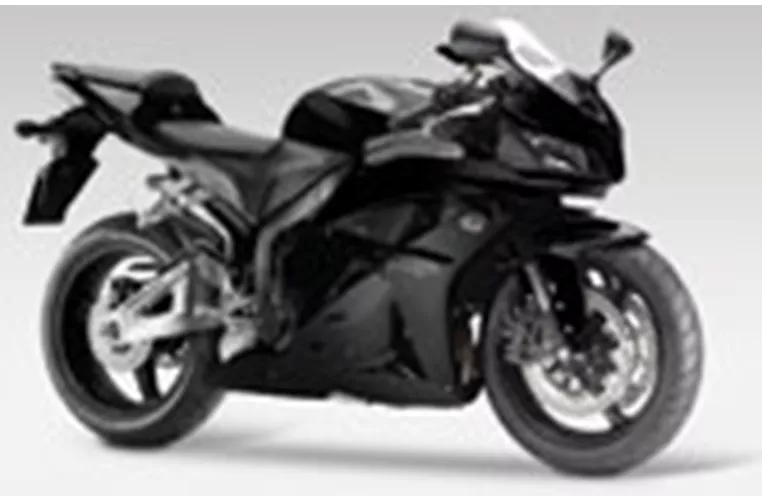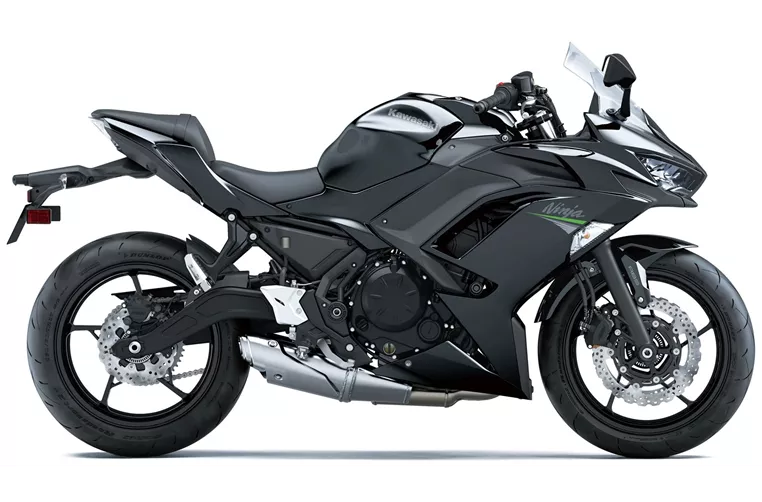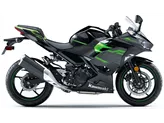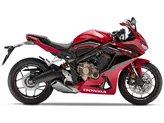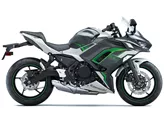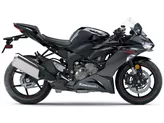Honda CBR600RR 2011 vs. Kawasaki Ninja 650 2020

Honda CBR600RR 2011
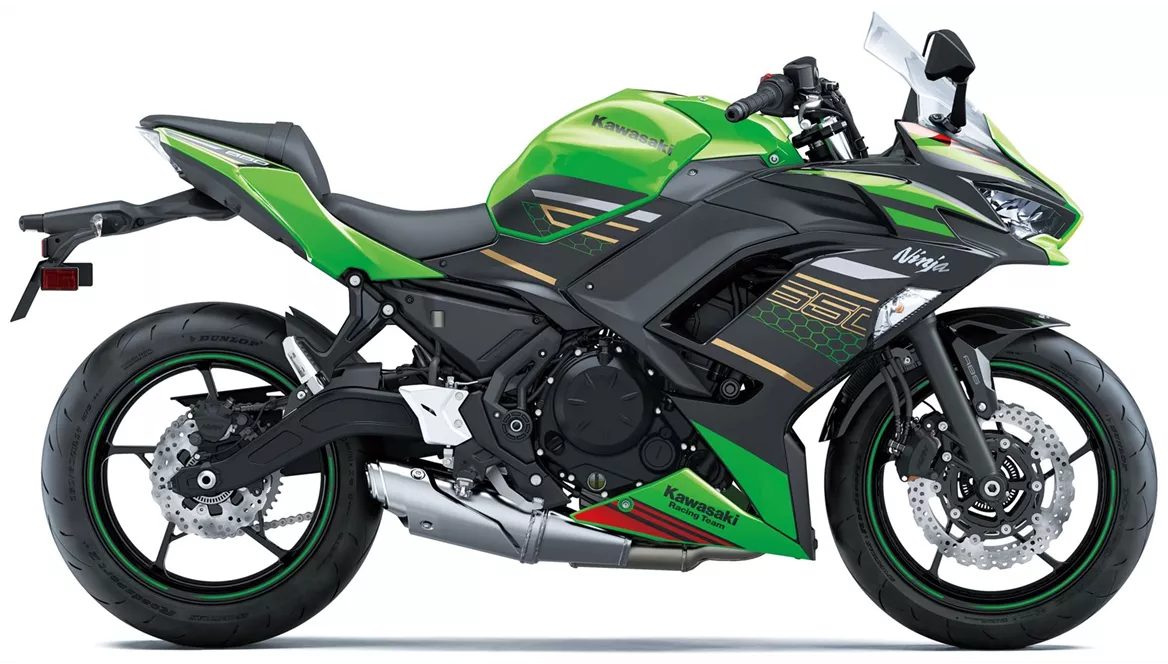
Kawasaki Ninja 650 2020
Overview - Honda CBR600RR 2011 vs Kawasaki Ninja 650 2020
The Honda CBR 600 RR 2011 and the Kawasaki Ninja 650 2020 are both supersport motorcycles that offer unique features and performance.
Starting with the Honda CBR 600 RR 2011, it boasts a powerful inline engine with a displacement of 599cc. The engine produces 120 horsepower and 66 Nm of torque, providing excellent acceleration and top speed. The bike features a DOHC valve system with 4 valves per cylinder, ensuring efficient combustion and power delivery. The chassis is made of lightweight aluminum, contributing to the bike's low dry weight. The front suspension consists of an inverted telescopic fork, offering precise handling and stability. The bike is equipped with dual front disc brakes for reliable stopping power. In terms of dimensions, it has a wide front tire of 120mm and a rear tire of 180mm, both with a diameter of 17 inches. The wheelbase measures 1375mm, providing stability at high speeds. The seat height is 820mm, which may be uncomfortable for some riders. The fuel tank has a capacity of 18 liters, allowing for longer rides without frequent refueling.
On the other hand, the Kawasaki Ninja 650 2020 features a slightly larger inline engine with a displacement of 649cc. The engine produces 68.2 horsepower and 65.7 Nm of torque, offering a good balance between power and fuel efficiency. Similar to the Honda CBR 600 RR, it also has a DOHC valve system with 4 valves per cylinder. The chassis is made of steel and has a tubular frame, providing stability and durability. The front suspension consists of a telescopic fork, ensuring a smooth and comfortable ride. The bike is equipped with dual front disc brakes for reliable braking performance. In terms of dimensions, it has a front tire width of 120mm and a rear tire width of 160mm, both with a diameter of 17 inches. The wheelbase measures 1410mm, offering stability and maneuverability. The seat height is 790mm, which is suitable for beginners or riders with shorter legs. The fuel tank has a capacity of 15 liters, which may require more frequent refueling on longer rides.

Honda CBR600RR 2011
In terms of strengths, the Honda CBR 600 RR 2011 has an incredibly low dry weight, making it agile and responsive. It also features the first sporty ABS system, providing enhanced safety. The bike offers extremely sharp handling, allowing riders to navigate corners with ease.
On the other hand, the Kawasaki Ninja 650 2020 has several strengths. It is one of the last of its kind, featuring a powerful twin-cylinder engine that delivers a thrilling riding experience. The bike offers a comfortable seat suitable for longer rides, and its compact dimensions make it easy to maneuver in tight spaces. The chassis provides stability, and the bike has a sporty appearance. It also features a TFT screen with connectivity, adding convenience and modernity to the riding experience.
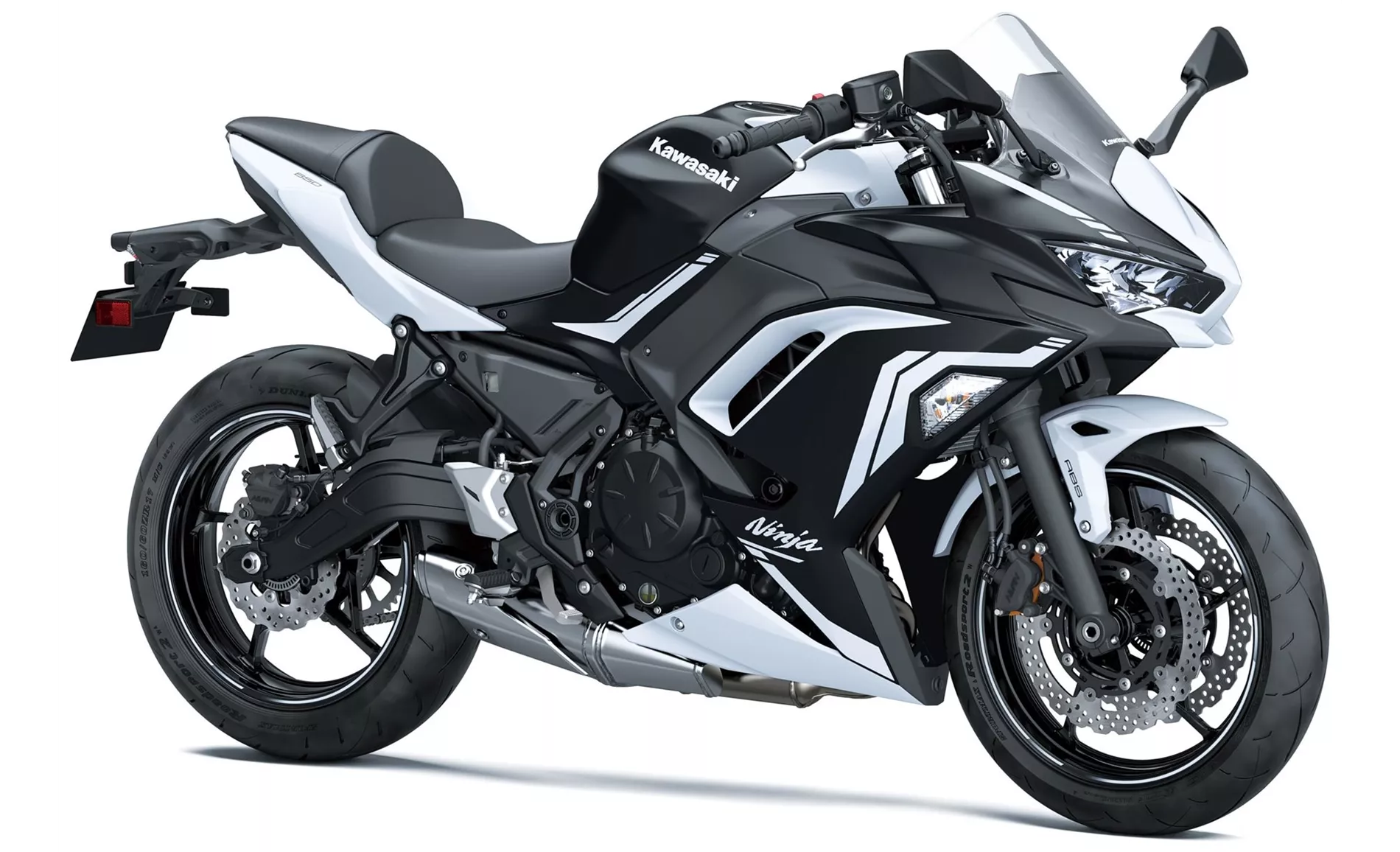
Kawasaki Ninja 650 2020
However, both bikes have their weaknesses. The Honda CBR 600 RR 2011 may have weak points in the low RPM range, which could affect its performance in certain situations. Additionally, the sporty seating position of the bike may be extremely uncomfortable for some riders, especially on longer rides.
On the other hand, the Kawasaki Ninja 650 2020 may not be suitable for taller riders, as it may feel cramped. Some riders may find the front brake pressure point to be less than ideal. The bike may also have limited suitability for two-person trips, as the seating and weight distribution may not be optimized for this purpose.
In conclusion, the Honda CBR 600 RR 2011 and the Kawasaki Ninja 650 2020 are both impressive supersport motorcycles with their own unique features and characteristics. Riders should consider their specific preferences, riding style, and intended use to determine which bike would best suit their needs.
Technical Specifications Honda CBR600RR 2011 compared to Kawasaki Ninja 650 2020
Pros and Cons in comparison
Pros and Cons in comparison
Honda CBR600RR 2011
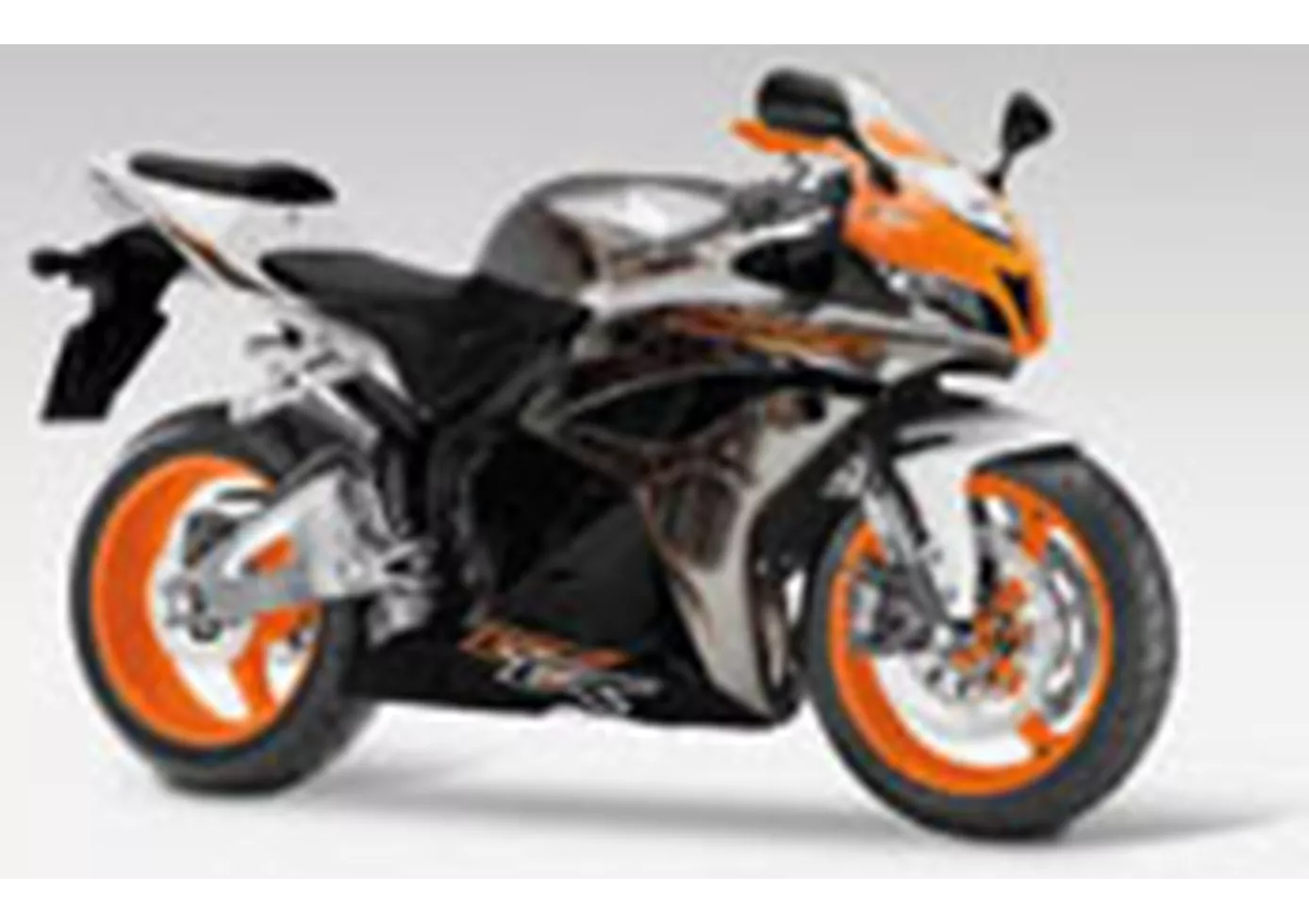
Antes de mais, é preciso deixá-los correr. Os impulsos mínimos são suficientes para iniciar uma mudança de direção; cada ação requer o mínimo esforço. Caso contrário, só as motas ligeiras são tão divertidas. Apenas as rotações nunca devem baixar, caso contrário, perde-se a oportunidade de ser o primeiro a cruzar a linha de chegada.
Kawasaki Ninja 650 2020
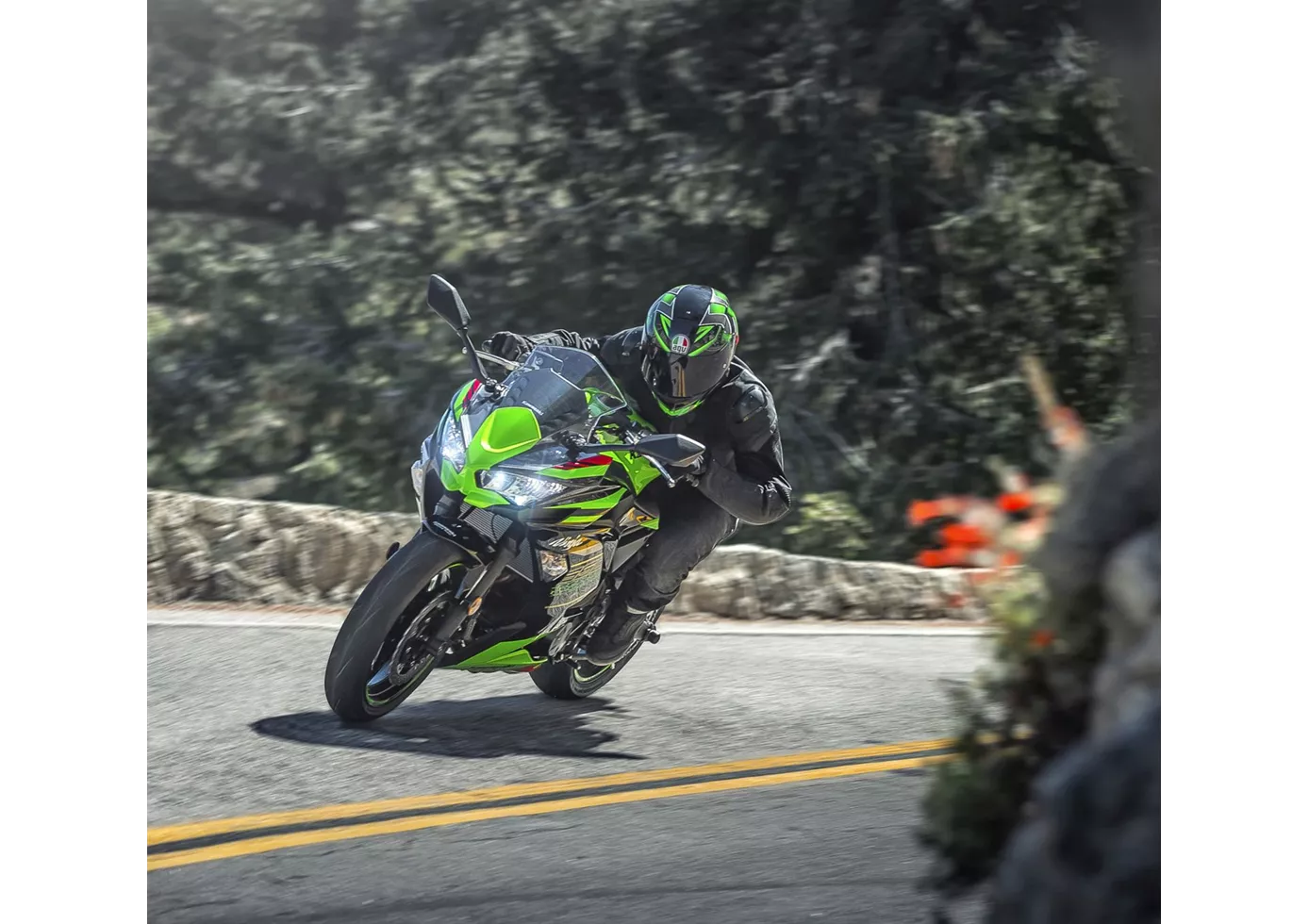
Salve a sport tourer! Com a Ninja 650, a Kawasaki criou uma representante exemplar desta classe e (espera-se) resolveu o problema da nova geração. O chassis estável e os dois cilindros decentes farão as delícias dos principiantes e dos pilotos avançados, mesmo a um ritmo mais acelerado. O travão dianteiro é um pouco bem intencionado demais, faltando-lhe um ponto de pressão transparente, apesar do bom desempenho de travagem. Outra vantagem é o ecrã TFT, que não encontramos na concorrência neste momento, bem como o aspeto adulto, que está fortemente orientado para os modelos Ninja maiores.
Price Comparison Avarage Market Price Honda CBR600RR vs Kawasaki Ninja 650
There are a few key differences between a Honda CBR 600 RR 2011 and a Kawasaki Ninja 650 2020. It takes less time to sell a Kawasaki Ninja 650 with 75 days compared to 78 days for the Honda CBR 600 RR. Since model year 2005 1000PS.de editors have written 68 reviews for the Honda CBR 600 RR and 20 reviews for the Kawasaki Ninja 650 since model year 2017. The first review for the Honda CBR 600 RR was published on 08/12/2004 and now has more than 27.900 views. This compares to more than 79.600 views for the first review on Kawasaki Ninja 650 published on 04/10/2016.
